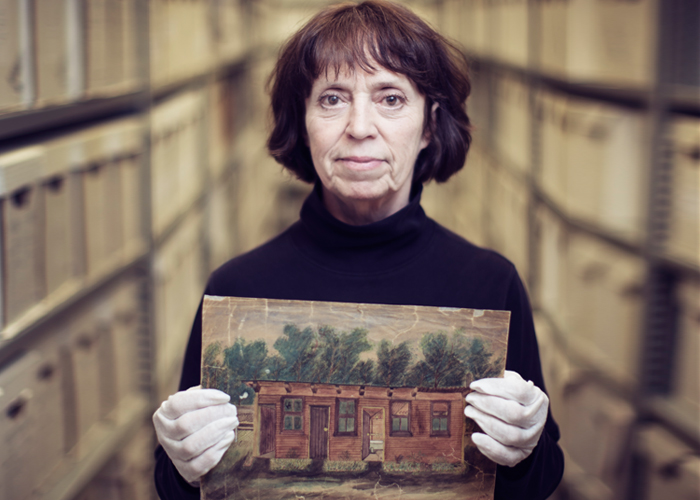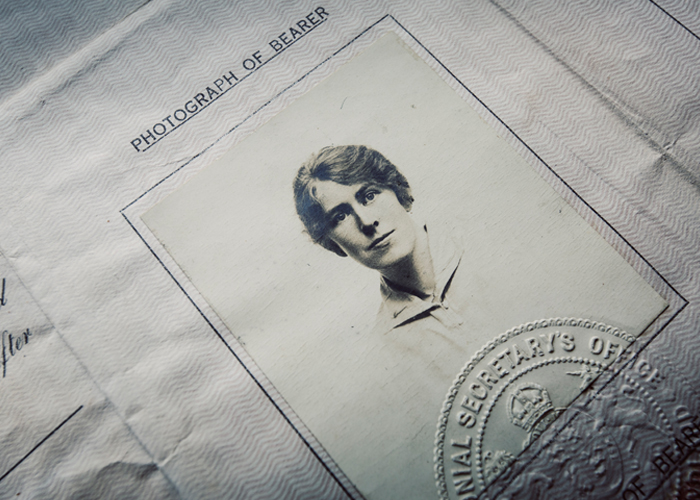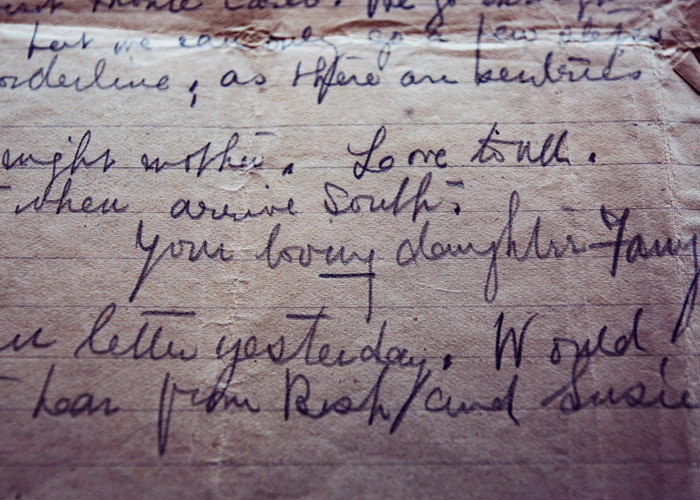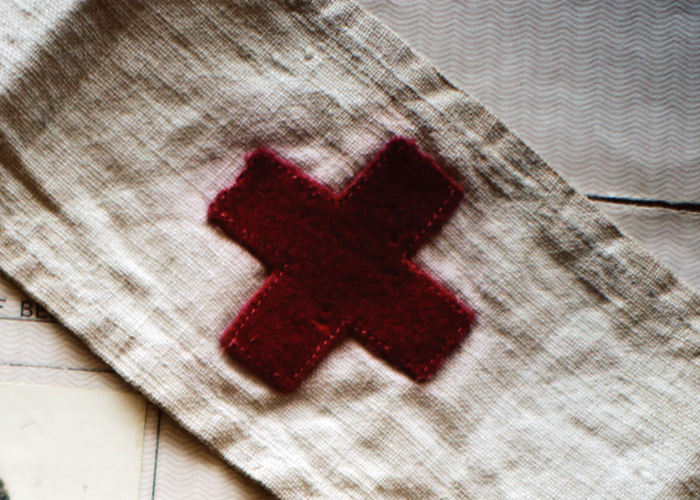FRANCES CLUETT, VAD
By Linda White, BA’82, BA(Hons.)’83, MA’92

To say that I’ve had an unconventional career path is an understatement. I worked for many years as a registered nurse in the United States, Canada and in London, England. I moved back to St. John’s in 1978 with the idea of upgrading my RN (registered nurse) to a bachelor of nursing degree at Memorial, deciding to begin my university career by taking some history courses to “get my feet wet” as a student. Those few courses turned into a bachelor of arts in history and then a master of arts, after which I got a job in the Archives and Special Collections section of the Queen Elizabeth II Library.
However, serendipity might have been at play in 1993, because one of the first projects I worked on was the Frances Cluett collection. It had just been donated to Memorial by Frances Cluett’s nephew, Rev. Vernon Cluett, an Anglican minister living in Halifax, N.S.
Interacting with these items is an opportunity to see this moment in history through her eyes. The letters and drawings, the personal effects, they are the experience as she lived it.
Frances was a teacher working in her hometown of Belleoram, N.L., a prosperous community on the west side of Fortune Bay, when she decided to join the war effort in October 1916. She signed on as a member of the Voluntary Aid Detachment (VAD) and less than six months later would find herself working in a field hospital near the front lines. Interacting with these items is an opportunity to see this moment in history through her eyes. The letters and drawings, the personal effects, they are the experience as she lived it. Thiscollection is particularly important because the contributions of Frances Cluett and all the Newfoundland women who served as VADs are often overlooked. These women directly experienced the horrors of war, and in many cases put themselves in harm’s way. In Frances’s case, by May 1917, she was with the British Expeditionary Force and was stationed at the 10th General Hospital in Rouen, France. She stayed there until the end of the war, caring for countless wounded and dying soldiers.
Your Daughter Fanny: The War Letters of Frances Cluett, VAD was published by Flanker Press in 2006 and is an excellent resource for anyone who wants to learn more about her life and contributions during the First World War. She was also honoured by Memorial University in 2014 with the naming of Cluett Hall, one of the new student residence buildings on the St. John’s campus.
And of course, we encourage people to visit Archives and Special Collections on the third floor of the Queen Elizabeth II Library. The beauty of primary documents and artifacts like these is that they come with no interpretation. It’s our job to simply preserve the history. When you view it, your experience is your own.
Linda White is an archivist with Archives and Special Collections, QEII Library, Memorial University.




